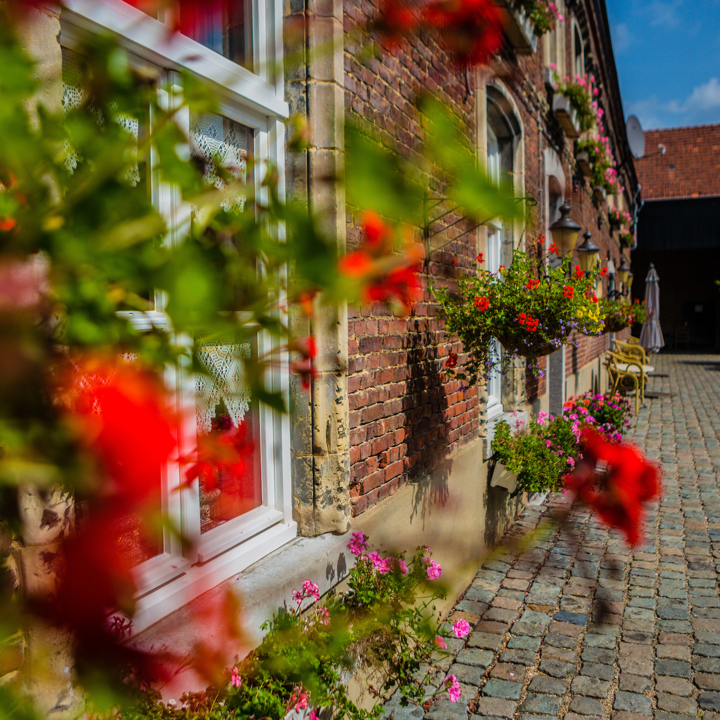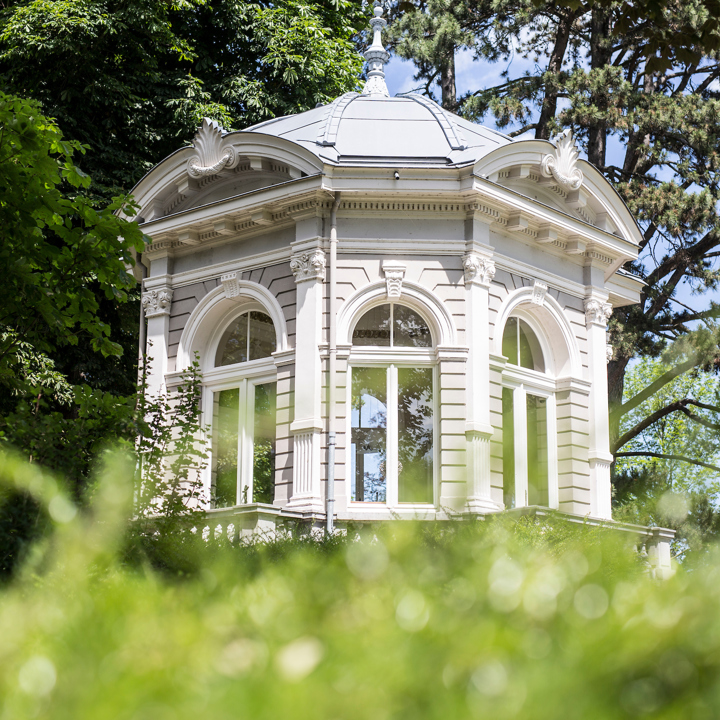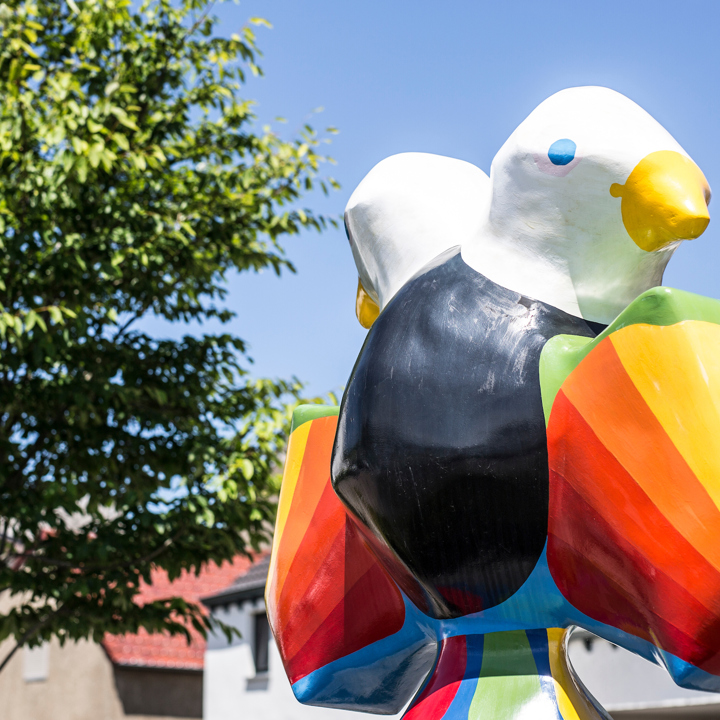Meerssen was established in a swampy area that was once part of the vast Germanic forests. Its location along the 'Via Belgica', an important Roman trade route between Boulogne sur Mer and Cologne, contributed significantly to the growth of Marsna (the Roman name for Meerssen). A 'fiery' visit by the Vikings left everything in ashes, until Charlemagne rediscovered Meerssen as an ideal retreat during his travels.

The history from Meerssen
From Boulogne to Cologne and from Marsna to Meerssen
The Romans and Via Belgica
The Romans left their cultural mark wherever they went. Examples include their language (Latin), their robust architectural style, their appearance and personal grooming habits, and their eating habits. Marsna, the Roman name for Meerssen, was no different. It was situated along the Via Belgica trade route, which ran from the French Boulogne sur Mervia to Maastricht and Heerlen via Tongeren.
With its excellent access roads, water supply, forests, and fertile land, Marsna proved to be an ideal location. As evidenced by the remains of Villa Herkenberg (currently covered in sand), Meerssen was the perfect place for the Romans. An information point can now be found where the villa once stood, providing more information about the Roman complex that once occupied this spot.
Vikings and the Treaty of Meerssen
The Vikings plundered Meerssen several times and at one time reduced the city to ashes. Meerssen later became the preferred stopover for Charlemagne (748-814), who owned a Kaiserpfalz or royal estate there. This estate may have served as a temporary residence for the king when he travelled through his extensive kingdom. In 870, the Kingdom of the Franks was divided up by Charlemagne's grandsons, an event that later became known as the Treaty of Meerssen.




